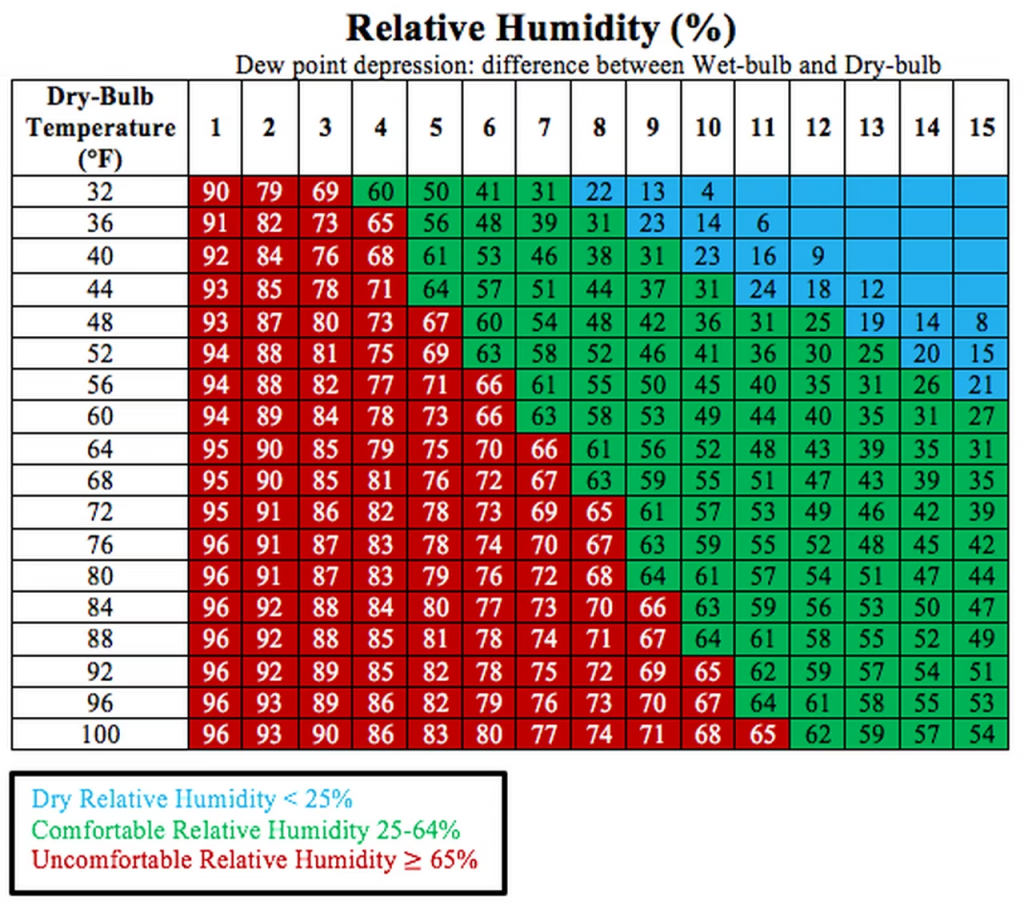
The dew point, a term frequently encountered in weather forecasts, is a pivotal meteorological concept. It represents the temperature at which air becomes saturated, causing water vapor to condense into liquid droplets. This article seeks to demystify the complexities of dew point calculation, its significance across various domains, and the factors that influence it. For those keen on understanding or computing the dew point based on specific conditions, the dew point calculator is an invaluable tool.
1. The Science Behind Dew Point Calculation
The dew point provides an accurate measure of the moisture content in the air. A higher dew point indicates more moisture, while a lower one suggests drier conditions. Determining the dew point requires knowledge of the current temperature and relative humidity. The formula, though complex, is rooted in the principles of thermodynamics and aims to ascertain the temperature at which the air can no longer retain all its moisture. The National Weather Service provides a detailed explanation of how dew point can be a more accurate representation of moisture content than relative humidity.
Understanding the dew point is essential for various applications. For instance, in aviation, pilots need to be aware of the dew point and temperature difference to anticipate visibility issues. When the temperature and dew point are close, fog can form, which can severely reduce visibility and impact flight safety. This phenomenon is not just limited to aviation; mariners too have to be wary of sea fog, which can be particularly treacherous.
2. Dew Point’s Role in Weather Patterns and Forecasting
The dew point serves as a pivotal tool for meteorologists. It offers insights into potential precipitation, frost, and even the comfort level of the air. The American Meteorological Society has discussed the importance of dew point in predicting weather patterns, especially in relation to humidity and temperature.
Furthermore, the dew point is crucial in understanding the type of precipitation an area might receive. In colder climates, if the temperature is below freezing but the dew point is above freezing, it can result in freezing rain. This is because the snowflakes melt into rain in the warmer air aloft but then don’t have time to refreeze into sleet or snow before reaching the ground. This understanding is crucial for city planners and road maintenance teams, especially in areas prone to icy conditions.

3. Implications of Dew Point in Human Comfort and Health
The dew point has a direct bearing on our comfort and well-being. Humans are sensitive to humidity since our bodies rely on sweat evaporation to cool down. A high dew point means the air is laden with moisture, making it harder for sweat to evaporate, leading to a feeling of stickiness and discomfort. The Environmental Protection Agency has resources discussing the health implications of high humidity and dew points, especially in urban areas.
Moreover, prolonged exposure to high humidity and dew points can lead to heat-related illnesses. These conditions can cause the body to overheat, leading to heat exhaustion or, in severe cases, heat stroke. It’s crucial to stay hydrated and seek shade or air conditioning during periods of high dew points. Additionally, buildings and homes need to be designed with adequate ventilation to ensure that indoor humidity levels remain comfortable.
4. Industrial and Agricultural Implications of Dew Point
In the industrial realm, the dew point holds paramount importance. Many manufacturing processes, especially those involving sensitive materials or precision equipment, necessitate strict humidity control. The National Institute for Occupational Safety and Health has guidelines on maintaining appropriate humidity levels in industrial settings to ensure worker safety and product quality.
In agriculture, understanding the dew point is essential for irrigation. When the dew point is high, it means there’s more moisture in the air, which can reduce the need for watering. Conversely, a low dew point indicates drier conditions, which might necessitate additional irrigation. Moreover, certain crops are sensitive to humidity levels, and understanding the dew point can help farmers optimize their yield.

5. Advanced Techniques and Research in Dew Point Measurement
While the basic principles of dew point calculation have been understood for years, research continues into refining measurement techniques and understanding the nuances of dew point under various conditions. Institutions like the National Center for Atmospheric Research are at the forefront of such studies, exploring the broader implications of shifts in dew point patterns in the context of global climate change.
Recent advancements in technology have led to the development of more precise instruments for measuring dew point. These tools can provide real-time data, which is crucial for various industries, from agriculture to aviation. As our understanding of the dew point evolves, so too will our ability to predict and respond to its implications.
Conclusion
The dew point, while a seemingly simple metric, plays a crucial role in various aspects of our lives. From influencing weather patterns to determining human comfort, from guiding industrial processes to shaping agricultural practices, the dew point’s significance cannot be understated. As we continue to deepen our understanding and explore its broader implications, tools like the dew point calculator offer practical solutions for both professionals and the general public.